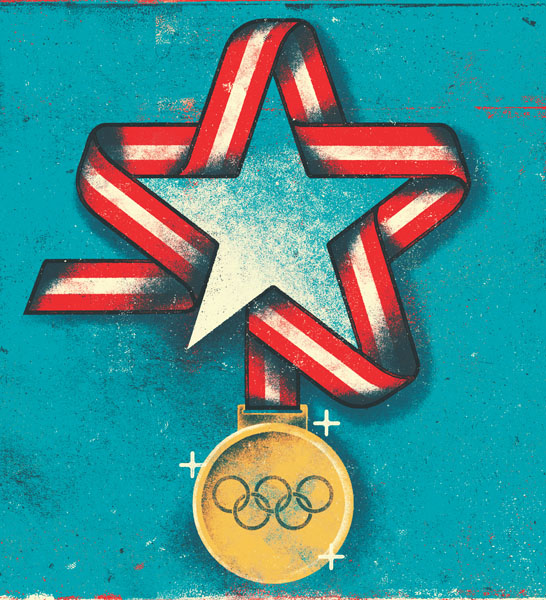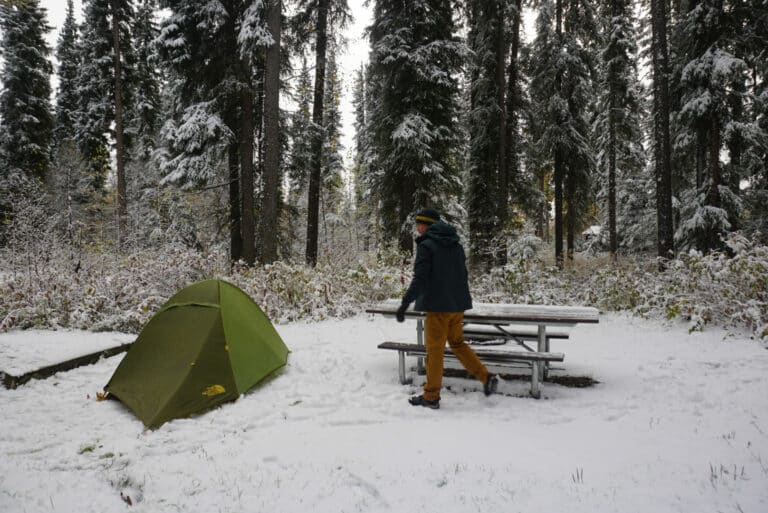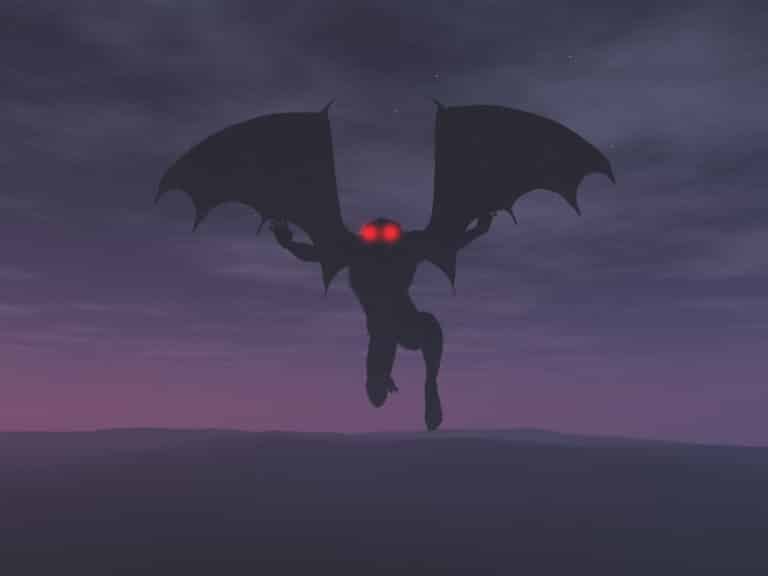It’s incredible to think of all the great U.S. alpine ski racers our country is sending to the 2018 Winter Olympics in Pyeongchang, South Korea in a little more than a month. We have had one of the strongest ski teams in the world over the past eight years, racking up the kind of medal count the European countries who used to dominate us can only dream about.
For the upcoming Games, there are high hopes alpine icons like Lindsey Vonn, one of the greatest racers to ever step into a binding, Ted Ligety, who already has two gold medals, and of course Mikaela Shiffrin, perhaps the most talented ski racer in the world right now (who at the 2014 Games became the youngest Olympic slalom champion ever at the age of 18) will continue to add to the podium count.
It’s expected that the U.S. will be a dominant player in figure skating and snowboarding, a sport we invented, as well as women’s hockey and even men’s hockey since professional players have been allowed to fill out the roster, but little else after that. Look back over the history of international ski racing and you can find page-long lists of heroes for countries like Austria, Switzerland, Italy, and France. But for the U.S. there are only cult figures, whose histories mirror the biographies of one-hit wonder rock bands despite their deep contributions to the sport.
Skiers like Andrea Mead Lawrence, a Vermont native who in the 1950s was the first American to win two Olympic medals at the age of 19 (Washington State’s Gretchen Fraser first won gold in slalom in 1948) before moving to California where she became a leading conservationist. Aspen legend Dick Durrance, one of the first Americans to ever compete against the Euros, who you have certainly seen in black and white photos swooping through the powder in a forward leaning tuck with no goggles or hat. Picabo Street, Tommy Moe, Billy Kidd, and Buddy Werner, who for decades was the only American to ever win Austria’s famed Hahnenkamm until Daron Rahlves won it again in 2003 on a fog-shortened course.
I remember watching twin brothers Phil and Steve Mahre racing down the steep, icy slopes of Whiteface (known as “Iceface” to those who have skied it) at the 1980 Lake Placid Winter Olympics. It was the famed “Miracle On Ice” games where the U.S. Hockey Team, a ragtag group of college kids, won gold after astonishingly finding a way to beat the Soviet juggernaut.
But only Phil Mahre would medal for the U.S. in alpine skiing, earning silver behind Sweden’s Ingemar Stenmark, who with 86 World Cup wins in slalom and giant slalom, is still internationally regarded as the greatest skier who ever lived.
In the lean years that followed, our country’s only highlight, and only certifiable star, was Bill Johnson, a charismatic, risk-taking loudmouth from Los Angeles who became the first American male to win gold when he took the downhill in the 1984 Olympics in Sarajevo, after weeks of telling everyone he would.
Johnson, who died in 2016 at the too early age of 55, set the tone for the mix of independence, swagger, and reverence for the growing influence on the sport of ski racing that we have now—inspiring the trademark risk-it-all style of Bode Miller, my personal favorite racer of all time, Rahlves and Vonn, Ligety, and Shiffrin, and whoever comes next.
As a journalist, I got to cover the Utah, Italy, and Whistler Olympics, and watched Bode win two silvers in Salt Lake, wash out in Sestriere (where Ligety won his first gold, in combined), and finally win gold in the combined in British Columbia. But my favorite ski racing memory is when I was a young ski bum in Jackson Hole and a U.S. divisional qualifier came to town, with a downhill race on Après Vous, the mountain’s south facing slope.
At the chairlift, I found myself in the singles line, waiting to ride the double chair with any number of people in helmets, wearing race bibs across their skintight suits. When the guy I got on with noticed me reading his name written in black marker on his Atomic downhill skis, B. Johnson, he gave me such a sweet, “so what?” smile and said, “I’m just trying to figure this race out.”
There were clouds obscuring parts of the course, which Johnson tried to peer through as we rode the lift. I was too in awe to say much of anything. But at the top of the hill he smiled again and said, “It’s pretty simple. You just go fast.” And then he skied off.
—Peter Kray, editor-at-large to BRO’s Colorado-based sister pub Elevation Outdoors, is the author of The God of Skiing.








